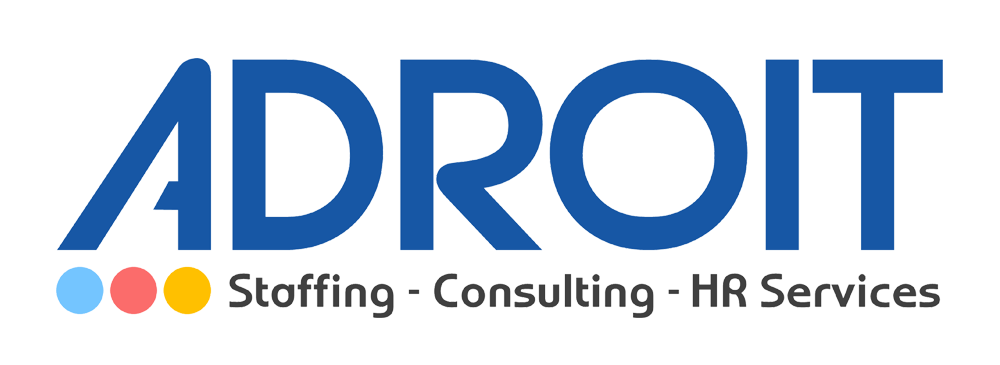Introduction
Aligning employee goals with company objectives is essential for driving success within an organization. When employees understand how their individual performance contributes to the company’s bigger picture, they are more motivated, engaged, and productive. However, achieving this alignment requires clear communication, effective goal-setting practices, and consistent feedback. In this blog, we’ll explore strategies HR professionals can use to ensure that employees’ goals are aligned with the overall mission and vision of the company.
1. Clearly Define Company Objectives
Before aligning employee goals with the company’s objectives, it’s essential to have a clear understanding of the company’s short-term and long-term goals. These objectives should be clearly articulated and communicated across all levels of the organization.
- Why It’s Important: Employees cannot align their goals with company objectives if they don’t fully understand those objectives. Clear communication ensures everyone is on the same page, which leads to better performance and results.
- How to Do It: Start by working with leadership to identify the company’s strategic priorities. Break down these priorities into specific, measurable goals that employees can relate to. Use internal communications tools, such as town halls or company-wide meetings, to communicate these objectives to all staff.
2. Implement SMART Goals for Employees
SMART goals (Specific, Measurable, Achievable, Relevant, and Time-bound) provide a clear framework for setting goals that are aligned with the company’s objectives. When employees have SMART goals, they can easily see how their work impacts the organization’s overall mission.
- Why It’s Important: Without well-defined goals, employees may feel lost or unclear about how their contributions fit into the bigger picture. SMART goals ensure that employees have a clear understanding of what is expected and how success will be measured.
- How to Do It: Work with employees to set individual SMART goals that directly contribute to company objectives. For example, if your company’s goal is to increase sales, set individual targets for each employee that contribute to achieving that goal, such as increasing client engagement or expanding product knowledge.
3. Establish Regular Check-Ins and Feedback
Aligning employee goals with company objectives is an ongoing process that requires regular check-ins and feedback. By maintaining consistent communication with employees about their progress toward their goals, you can ensure they remain focused and motivated.
- Why It’s Important: Regular feedback helps employees stay on track and provides opportunities to address any challenges or misalignments early. It also reinforces the connection between individual contributions and company success.
- How to Do It: Schedule regular one-on-one meetings between managers and employees to review progress, discuss challenges, and provide feedback. Use performance management tools to track progress and identify areas for improvement. Encourage open and honest communication to address any concerns and realign goals if necessary.
4. Promote a Collaborative and Cross-Departmental Approach
Often, employees work in silos, focusing on their own tasks without considering how their work fits into the larger organizational framework. By encouraging collaboration across teams and departments, you can help employees understand how their contributions fit into the broader company objectives.
- Why It’s Important: Cross-departmental collaboration fosters a sense of unity and shared responsibility for achieving company goals. It also allows employees to see how their work directly impacts other areas of the organization.
- How to Do It: Organize team meetings, workshops, or cross-functional projects where employees from different departments can come together to discuss how their work aligns with company objectives. Encourage knowledge sharing and problem-solving as a collective effort.
5. Incorporate Employee Development into Goal Alignment
Aligning employee goals with company objectives isn’t just about setting targets; it’s also about providing employees with the tools, training, and development they need to succeed. Offering opportunities for growth and skill-building ensures employees are equipped to meet their goals.
- Why It’s Important: When employees have the right skills and resources, they are more likely to achieve their goals and, in turn, contribute to the company’s success. Development opportunities also increase employee engagement and satisfaction.
- How to Do It: Offer training programs, mentorship opportunities, and access to learning resources that help employees develop the skills they need to meet their goals. Incorporate learning and development as part of the goal-setting process and encourage employees to seek out growth opportunities that align with both their personal career goals and company objectives.
6. Recognize and Reward Achievements
Recognition and rewards play a critical role in maintaining employee motivation and ensuring alignment with company objectives. When employees see that their hard work is acknowledged and appreciated, they are more likely to stay engaged and committed to achieving their goals.
- Why It’s Important: Recognition reinforces the connection between individual performance and company success. It boosts morale, encourages continued effort, and strengthens employees’ commitment to the organization’s goals.
- How to Do It: Create a recognition program that highlights achievements tied to company objectives. Offer both monetary and non-monetary rewards, such as bonuses, promotions, public recognition, or opportunities for career advancement. Ensure that recognition is timely and specific, focusing on the impact of the employee’s contribution to company goals.
7. Align Company Culture with Goals
A strong company culture can serve as the foundation for aligning employee goals with company objectives. When the company’s values and mission are deeply embedded in its culture, employees are more likely to feel connected to the overall vision and understand how their individual contributions matter.
- Why It’s Important: Company culture influences employee behavior, decision-making, and performance. When employees feel connected to the company’s values and mission, they are more likely to align their goals with the broader organizational objectives.
- How to Do It: Foster a company culture that emphasizes teamwork, accountability, and shared goals. Make sure that employees understand the company’s values and how their role contributes to the larger mission. Reinforce cultural alignment through onboarding, team-building activities, and leadership communication.
Conclusion
Aligning employee goals with company objectives is a strategic process that requires clear communication, goal-setting, regular feedback, and a supportive work environment. By following these best practices, HR professionals can help employees stay focused on their individual goals while ensuring those goals contribute to the success of the organization. When employees understand how their work supports company objectives, they are more motivated, engaged, and empowered to drive business success.
By aligning employee goals with company objectives, you’re not only fostering a more productive workforce but also positioning your company for long-term growth and success.

